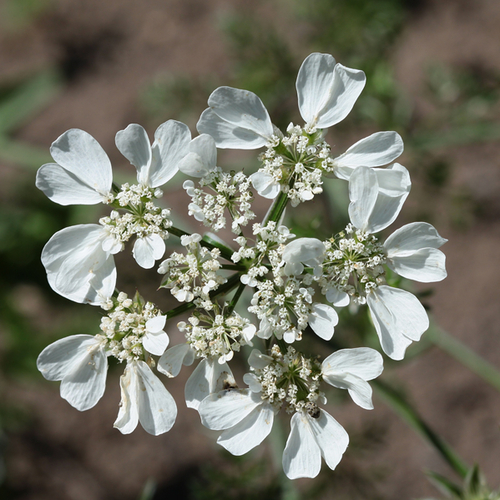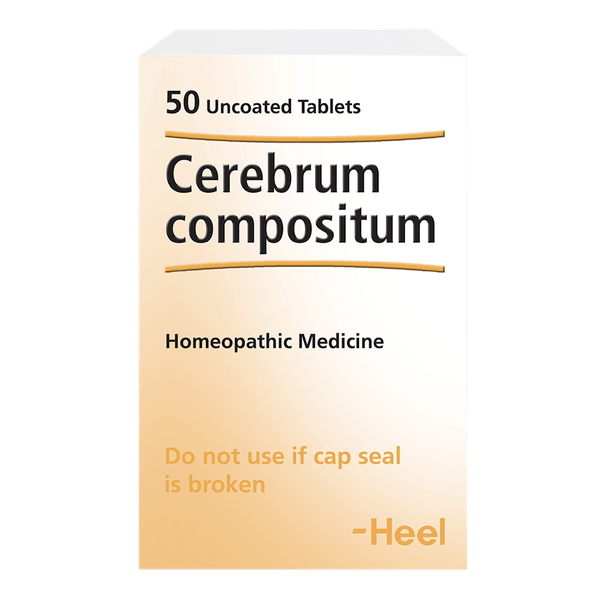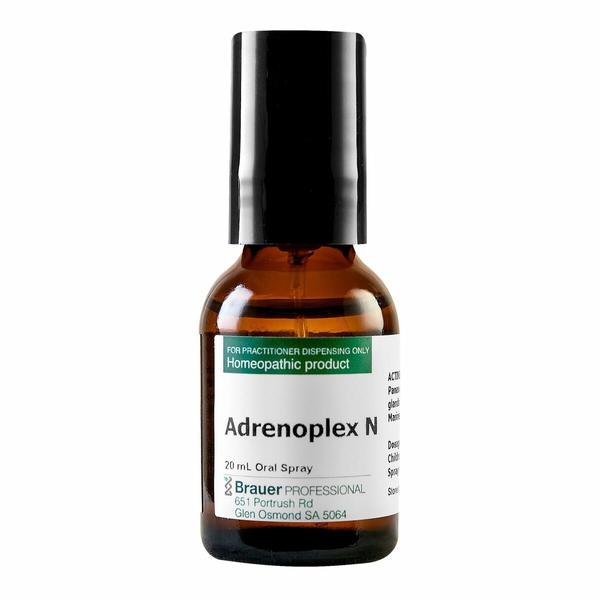
Hemlock
Scientific names: Conium maculatum
Family: Apiaceae/Umbelliferae
Alternative names: California Fern, Carrot Weed, Cicuta, Ciguë, Ciguë d'Athènes, Ciguë Officinale, Ciguë de Socrate, Ciguë Tachetée, Conium, Conium Maculata, Grande Ciguë, Mort aux Oies, Nebraska Fern, Poison Fool's Parsley, Poison-Hemlock, Spotted Hemlock, Tsuga, Vicaire, Wild Carrot
Actions: Antiproliferative
Background
Hemlock is a very poisonous plant. In fact, all parts of the plant are toxic. Hemlock is most poisonous during the early stages of growth in the spring, but it is dangerous at all stages of growth. The poisons in hemlock are so deadly that people have died after eating animals that had eaten hemlock parts.
Hemlock is native to Europe and western Asia and was introduced into North America as an ornamental plant. It is frequently found in the US and southern Canada. Hemlock typically grows along streams or rivers, and near fences, roadsides, ditches, abandoned construction sites, pastures, crops, and fields. Some people have been poisoned by hemlock after confusing it for harmless plants. Accidental poisonings have occurred when people mistook the plant for parsnip, parsley, wild celery, or anise.
Despite serious safety concerns, hemlock is used for bronchitis, whooping cough, asthma, arthritis, and other conditions, but there is no good scientific evidence to support these uses.
Hemlock is native to Europe and western Asia and was introduced into North America as an ornamental plant. It is frequently found in the US and southern Canada. Hemlock typically grows along streams or rivers, and near fences, roadsides, ditches, abandoned construction sites, pastures, crops, and fields. Some people have been poisoned by hemlock after confusing it for harmless plants. Accidental poisonings have occurred when people mistook the plant for parsnip, parsley, wild celery, or anise.
Despite serious safety concerns, hemlock is used for bronchitis, whooping cough, asthma, arthritis, and other conditions, but there is no good scientific evidence to support these uses.
Safety Safety definitions
When taken by mouth: All parts of hemlock, including the seeds, flowers, and fruits, are UNSAFE. Hemlock is so poisonous it can cause death. If someone takes hemlock, he or she should get immediate medical attention. Side effects and toxicities include increased saliva, burning of the digestive tract, drowsiness, muscle pain, kidney damage, rapid breakdown of muscle tissue, rapid heart rate followed by a decreased heart rate, loss of speech, paralysis, unconsciousness, kidney failure, and death.
Pregnancy and breast-feeding: Use of hemlock is UNSAFE and can be fatal.
Children: Use of hemlock is UNSAFE and can be fatal, especially in children. Children can be poisoned by even small amounts of hemlock. Some children have died after eating leaves or using hollow hemlock stems as peashooters, flutes, or whistles.
Special Precautions & Warnings:
It is UNSAFE for anyone to use hemlock, but hemlock is especially dangerous for people with the following conditions:Pregnancy and breast-feeding: Use of hemlock is UNSAFE and can be fatal.
Children: Use of hemlock is UNSAFE and can be fatal, especially in children. Children can be poisoned by even small amounts of hemlock. Some children have died after eating leaves or using hollow hemlock stems as peashooters, flutes, or whistles.
Effectiveness
NatMed Pro rates effectiveness based on scientific evidence according to the following scale: Effective, Likely Effective, Possibly Effective, Possibly Ineffective, Likely Ineffective, Ineffective, and Insufficient Evidence to Rate.
Insufficient evidence Effectiveness definitions
- Anxiety.
- Muscle spasms.
- Teething in children.
- Cramps.
- Mania.
- Bronchitis.
- Whooping cough.
- Asthma.
- Other conditions.
Dosing & administration
The appropriate dose of hemlock depends on several factors such as the user's age, health, and several other conditions. At this time there is not enough scientific information to determine an appropriate range of doses for hemlock. Keep in mind that natural products are not always necessarily safe and dosages can be important. Be sure to follow relevant directions on product labels and consult your pharmacist or physician or other healthcare professional before using.
Interactions with pharmaceuticals
It is not known if Hemlock interacts with any medicines. Before taking Hemlock, talk with your healthcare professional if you take any medications.
Interactions with herbs & supplements
There are no known interactions with herbs and supplements.
Interactions with foods
There are no known interactions with foods.
Products
View all productsPer tablet:
- Conium maculatum
- Thuja occidentalis
- Strychnos ignatii (Ignatia)
- Ruta graveolens
- Arnica montana
- Aconitum napellus (Aconite)
- Magnesium phosphoricum (Mag phos)
- Porcine brain
- Porcine embryo
- Porcine liver
- Porcine placenta
- Monobasic potassium phosphate
- Selenium
- Phosphoric acid
- Cinochona pubescens
- Sublimed sulphur
- Potassium dichromate
- Gelsemium sempervirens
- Semecarpus orientale
- Hyoscyamus niger
- Anamirta cocculus
- Aesculus hippocastanum (Horsechestnut)
Practitioner product
Per 0.52 mL:
- Conium maculatum
- Porcine adrenal glands
- Porcine hypothalamus
- Phosphoric acid
- Crataegus monogyna (Hawthorn)
- Panax quinquefolius
- Marine sponge
- Ethanol
Practitioner product
vital.ly has licensed monographs from TRC Healthcare.
This monograph was last reviewed on 03/10/2024 10:00:00 and last updated on 20/08/2020 22:27:20. Monographs are reviewed and/or updated multiple times per month and at least once per year.
Natural Medicines disclaims any responsibility related to medical consequences of using any medical product. Effort is made to ensure that the information contained in this monograph is accurate at the time it was published. Consumers and medical professionals who consult this monograph are cautioned that any medical or product related decision is the sole responsibility of the consumer and/or the health care professional. A legal License Agreement sets limitations on downloading, storing, or printing content from this Database. No reproduction of this monograph or any content from this Database is permitted without written permission from the publisher. It is unlawful to download, store, or distribute content from this site.





